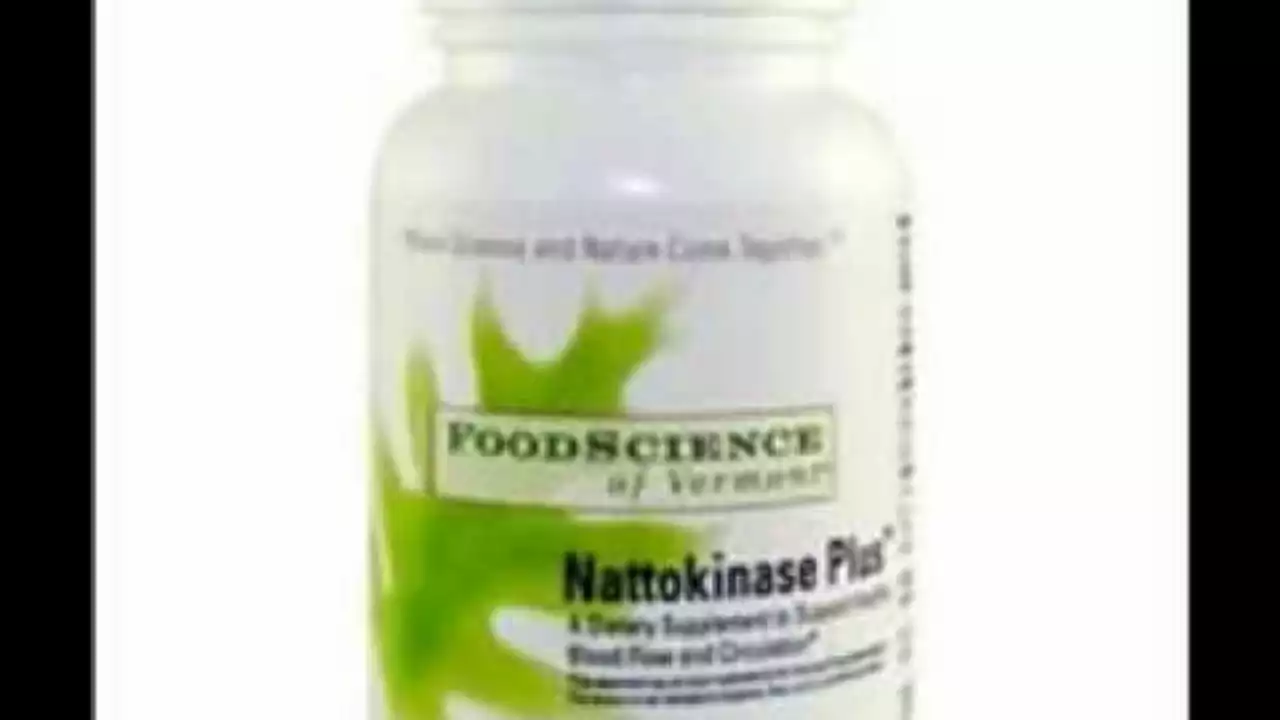Thuja — what it is and why people use it
Thuja is a group of evergreen trees often called arborvitae. You’ll see two main types: Thuja occidentalis (common in gardens) and Thuja plicata (western red cedar). People use thuja in herbal remedies, homeopathy, and as an essential oil. It’s popular for skin problems, mild infections, and — in homeopathy — for warts and certain chronic complaints.
If you’re curious about trying thuja, know this: traditional use and homeopathic use are very different. Herbal extracts and essential oils contain real plant chemicals. Homeopathic Thuja is diluted to the point that it rarely contains active molecules. That changes both how it might work and the safety profile.
Common uses and forms
Thuja comes as essential oil, dried leaves, tinctures, creams, and homeopathic pellets. People use it topically for warts, fungal spots, and minor skin issues. Some use diluted oil for massage or inhalation for respiratory ease. Homeopathic Thuja is often chosen for warts and skin complaints or when someone seeks a gentle option.
What’s the evidence? For topical wart removal, some small studies and reports show mixed results. For infections or internal use, reliable clinical proof is limited. Treat thuja as a traditional remedy with some supporting anecdotes — not a proven cure-all.
Safety, risks, and smart precautions
Thuja essential oil contains thujone, a compound that can be toxic in high doses. Don’t take thuja oil internally. Even topical use needs caution: always dilute the oil (for adults 0.5–2% in a carrier oil) and do a patch test first. Stop use if you get redness, burning, or irritation.
Avoid thuja if you’re pregnant, breastfeeding, or if you have epilepsy, liver disease, or small children in the house. Thuja can interact with medications and may worsen seizures. Homeopathic Thuja is generally low-risk, but tell your doctor before switching from prescribed treatments.
Practical tips: buy from reputable sellers, check labels for species and concentration, and prefer standardized extracts if you want consistent dosing. For warts, many people combine careful topical thuja use with medical options like cryotherapy — ask a dermatologist first. If you plan to use thuja for anything internal, discuss it with your healthcare provider; internal use of thuja oil is not recommended.
Want to try thuja safely? Start small, dilute, patch-test, and keep your doctor in the loop. If a skin problem changes, spreads, or hurts, see a clinician. Thuja can be helpful in some traditional uses, but it also carries real risks if used the wrong way.

